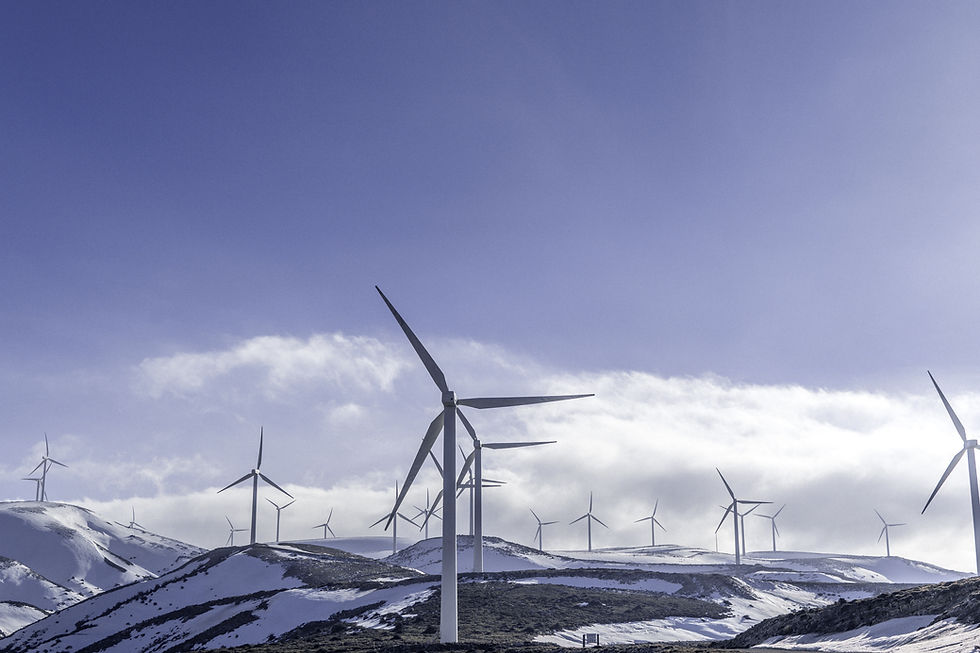
A Renewable Energy Program can encompass a wide range of initiatives and goals. Here's a breakdown of key aspects:
1. Goals and Objectives:
Reduce Greenhouse Gas Emissions: A primary aim is to mitigate climate change by decreasing reliance on fossil fuels.
Increase Energy Independence: Diversifying energy sources to reduce dependence on imported fossil fuels.
Promote Sustainable Development: Fostering environmentally friendly and economically viable energy solutions.
Create Green Jobs: Stimulating the growth of industries related to renewable energy technologies.
Improve Energy Security: Ensuring a stable and reliable energy supply.
Reduce Air and Water Pollution: Minimizing the environmental impacts associated with traditional energy production.
Increase access to electricity: Expanding energy access to rural and underserved communities.
2. Key Renewable Energy Technologies:
Solar Energy:
Photovoltaic (PV) systems: Converting sunlight directly into electricity.
Concentrated Solar Power (CSP): Using mirrors to focus sunlight and generate heat for electricity production.
Wind Energy:
Onshore wind farms: Harnessing wind power on land.
Offshore wind farms: Utilizing stronger and more consistent winds at sea.
Hydropower:
Large-scale hydroelectric dams: Generating electricity from the flow of water.
Small-scale hydropower: Utilizing smaller water sources for localized electricity production.
Geothermal Energy:
Geothermal power plants: Tapping into the Earth's internal heat to generate electricity.
Geothermal heat pumps: Using the Earth's constant temperature for heating and cooling buildings.
Biomass Energy:
Burning organic materials (e.g., wood, agricultural waste) to produce heat or electricity.
Biogas production: Converting organic waste into methane gas for energy use.
Tidal and Wave Energy:
Harnessing the kinetic energy of tides and waves to generate electricity.
3. Program Components:
Policy and Regulatory Frameworks:
Renewable portfolio standards (RPS): Mandating a certain percentage of electricity from renewable sources.
Feed-in tariffs: Guaranteeing payments for renewable energy producers.
Carbon pricing mechanisms: Incentivizing the reduction of greenhouse gas emissions.
Streamlining permitting processes: Reducing bureaucratic barriers to renewable energy projects.
Financial Incentives:
Tax credits and rebates: Reducing the upfront costs of renewable energy installations.
Grants and subsidies: Providing financial assistance to renewable energy projects.
Loan guarantees: Reducing the risk for investors in renewable energy.
Research and Development (R&D):
Funding research into advanced renewable energy technologies.
Supporting the development of energy storage solutions.
Investing in smart grid technologies to improve energy efficiency.
Infrastructure Development:
Upgrading transmission lines to connect renewable energy sources to the grid.
Developing energy storage facilities to balance supply and demand.
Implementing smart grid technologies to optimize energy distribution.
Education and Public Awareness:
Promoting public understanding of renewable energy benefits.
Training skilled workers for the renewable energy industry.
Educating consumers about energy efficiency and conservation.
International Cooperation:
Sharing best practices and technologies.
Providing financial and technical assistance to developing countries.
Working together on global climate change initiatives.
4. Challenges and Considerations:
Intermittency: The variable nature of solar and wind energy.
Energy storage: The need for cost-effective and efficient energy storage solutions.
Grid integration: The challenges of integrating large amounts of renewable energy into existing power grids.
Land use: The potential impact of renewable energy projects on land use and ecosystems.
Cost competitiveness: The need to make renewable energy more cost-competitive with fossil fuels.
Material Sourcing: Responsible sourcing of the materials required for renewable energy generation.
This is placeholder text. To change this content, double-click on the element and click Change Content. Want to view and manage all your collections? Click on the Content Manager button in the Add panel on the left. Here, you can make changes to your content, add new fields, create dynamic pages and more. You can create as many collections as you need.
Your collection is already set up for you with fields and content. Add your own, or import content from a CSV file. Add fields for any type of content you want to display, such as rich text, images, videos and more. You can also collect and store information from your site visitors using input elements like custom forms and fields.
Be sure to click Sync after making changes in a collection, so visitors can see your newest content on your live site. Preview your site to check that all your elements are displaying content from the right collection fields.
Power in Numbers
30
Programs
50
Locations
200
Volunteers
Project Gallery


